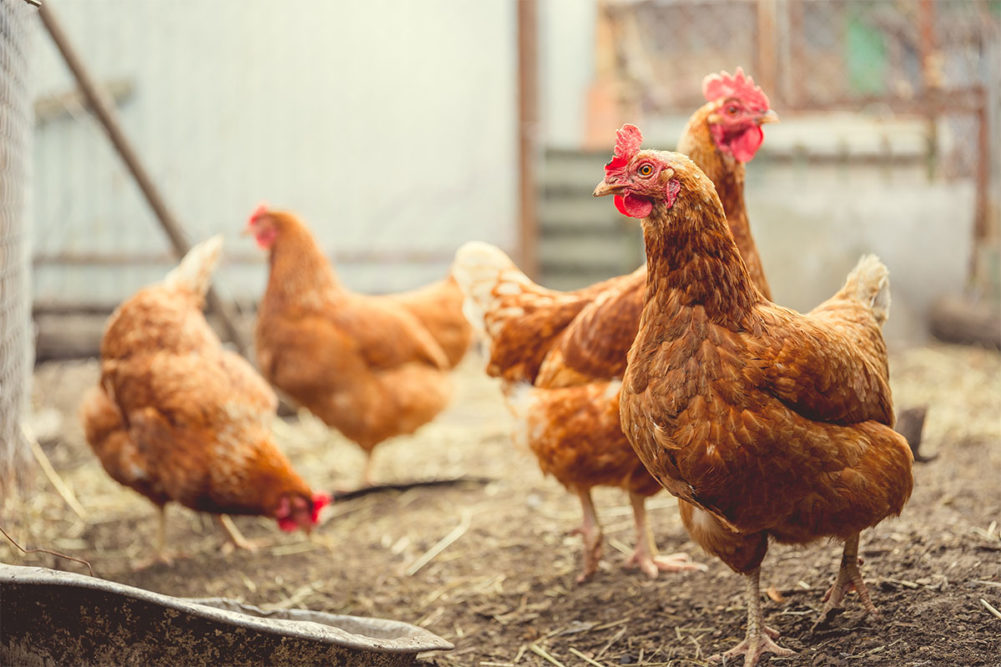WASHINGTON — The US Department of Agriculture recently announced that it would allocate $502 million under the Animal Health Protection Act to the Animal and Plant Health Inspection Service (APHIS) to prepare for any future highly pathogenic avian influenza (HPAI) outbreaks.
The agency said it continues to fight the virus throughout the country.
“However, HPAI is still prevalent in many parts of the world and in wild bird populations and the threat remains high,” the agency said. “This funding transfer will ensure that USDA can continue to stay on top of this outbreak and be ready to respond if detections increase.”
Before this new funding, the USDA said it invested more than $793 million in emergency funding to respond to outbreaks by quarantining affected areas, depopulating flocks, disposing of birds, cleaning and eliminating the virus in affected areas and conducting surveillance.
According to APHIS data, the H5N1 strain of avian influenza has affected 58.7 million poultry across 47 states as of June 28.
USDA added that there has been no HPAI in commercial poultry since April 19, 2023, or in backyard poultry since May 18, 2023.
Not only does HPAI impact the human food supply chain, but the virus has also proved threatening to that of pet food. Chicken is the most widely used protein source in pet food, with approximately 854,988 tons of chicken-based ingredients incorporated into US dog and cat food formulas in 2018. Additionally, 74,734 tons of turkey and 10,221 tons of duck was used in pet food formulations in 2018, not to mention the number of poultry byproducts — such as rendered meals, fats and organ meats — also incorporated in pet food.
Read more on HPAI outbreaks and its impact on the pet food manufacturing industry.
Stay up to date on the latest pet food processing industry headlines on our News page.




